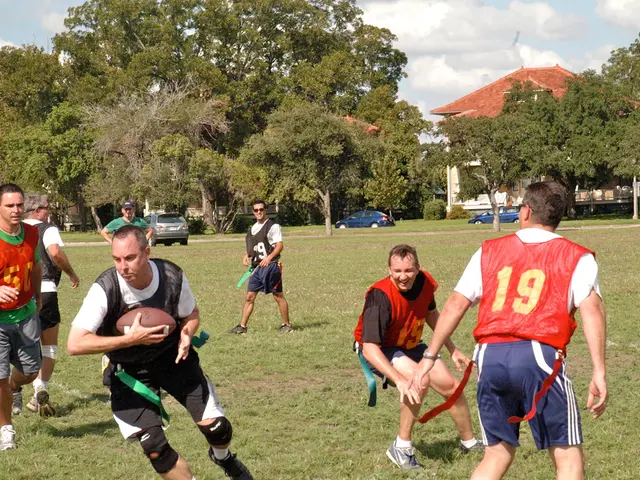Two Concussions and Second-Impact Syndrome: Separating Fact from Fiction
There's been a lot of talk lately about Tua Tagovailoa and the risk of Second-Impact Syndrome (SIS) following his two concussions. But, before we dive into the controversy, it's essential to separate fact from fiction and understand what SIS is and how it can affect athletes.
First, let's break down what happened to Tua Tagovailoa during his recent games. During a game against the Buffalo Bills, Tagovailoa was hit and fell, causing him to stumble and bump his head on the ground. Despite undergoing concussion testing and being cleared to return to the game, Tagovailoa was later removed and substituted after being hit again during a game against the Cincinnati Bengals.
The concern now is that Tagovailoa may be at risk of SIS, which is a condition where a second concussion occurs before the first one has fully healed. While this condition is a serious concern for athletes, particularly young athletes during middle or high school, there's no indication that it applies to Tua Tagovailoa's situation.
To better understand the risks associated with SIS, let's take a closer look at what this condition entails. According to research, SIS occurs when a second concussion occurs before the symptoms of the first concussion have resolved, leading to rapid and severe brain swelling. This brain swelling can result in permanent disability or even death due to the increased intracranial pressure and potential for diffuse cerebral swelling.
The good news is that repeated concussions, especially if they occur before the brain has fully healed, do not necessarily mean an athlete is at risk of SIS. The brain tissue needs time to recover following a concussion, and a gradual return-to-activity plan under the guidance of a healthcare provider can help minimize the risk of further injury.
That being said, it's essential for athletes to prioritize their health and safety when it comes to concussions. If an athlete has had multiple concussions, they should take the necessary time to allow their brain to fully heal before returning to play. In some cases, this may mean working with a healthcare provider to create a tailored plan that helps ensure a safe and successful return to activity.
In the end, it's essential for athletes, coaches, and healthcare providers to prioritize safety and education when it comes to concussions and SIS. By doing so, we can help protect the long-term health of athletes and reduce the risk of serious injuries.
Want to stay up-to-date on news, health tips, and lifestyle advice? !








